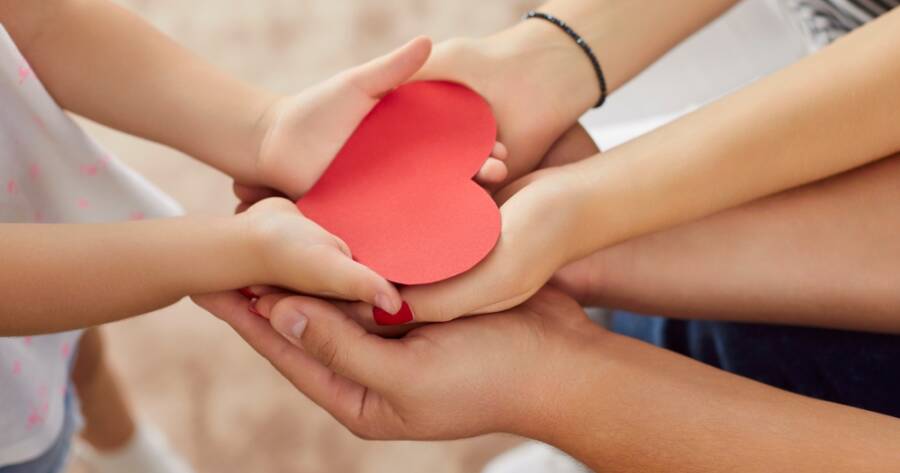Teaching kids about money often focuses on earning and saving, but generosity plays an equally important role. When children learn to give, they understand that money can create positive change beyond themselves. Gratitude deepens that lesson by helping them see value in what they already have. Together, giving and gratitude shape empathy, balance, and appreciation, which are qualities that can help guide children toward a more mindful relationship with both money and people.
Why Giving and Gratitude Go Hand in Hand
Giving teaches perspective, while gratitude teaches contentment. When kids experience both, they develop a healthy sense of purpose and compassion. They start to recognize that money isn’t just for personal gain—it’s a tool for connection and kindness.
Encouraging gratitude alongside generosity helps children find joy in helping others without feeling deprived themselves. They learn that wealth isn’t defined by what you keep, but by what you share. This mindset builds emotional maturity and creates a lifelong appreciation for meaningful giving.
Start with Small, Meaningful Acts
Children don’t need grand gestures to learn the power of giving. Small, consistent acts make the biggest impression. It can start with donating a toy they’ve outgrown or helping collect canned goods for a food drive. What matters most is participation and conversation.
Talk about who the gift or donation helps and why it matters. Connecting their actions to real outcomes helps them see generosity as something tangible, not abstract. Over time, these experiences become part of their identity—helping them feel proud, empowered, and compassionate.
Create a Family Giving Habit
When generosity becomes part of family life, it feels natural instead of forced. You can set aside a monthly “giving day” where everyone chooses a cause or person to support. It might be a charity, a neighbor in need, or a community event. The goal is to make giving a shared value, not a seasonal activity.
Let children help decide where the money or time goes. Their involvement turns the experience into ownership rather than obligation. When kids see generosity modeled at home, they begin to view kindness as a normal part of life rather than a special occasion.
Use Gratitude to Build Financial Awareness
Gratitude and financial mindfulness go hand in hand. Teaching kids to recognize what they already have helps prevent the constant desire for more. You can make this a habit by having family gratitude moments—sharing one thing everyone appreciates before dinner or bedtime.
This simple practice helps children focus on abundance instead of comparison. Over time, they learn to measure wealth by experiences, relationships, and stability, not just possessions. Gratitude nurtures a calm, grounded approach to money and reduces the urge for impulsive spending or envy.
Involve Kids in Charitable Decisions
As children grow older, involve them in choosing where to give. Research charities together, talk about what causes matter to them, and let them contribute from their own savings if they wish. This builds empathy, decision-making skills, and awareness of the world beyond their own.
Seeing their money or effort make a difference creates pride and purpose. It teaches them that giving isn’t just about generosity—it’s about taking responsibility for the kind of world they want to live in. Those lessons shape character as much as they shape financial habits.
Modeling the Behavior Matters Most
Kids learn what they see more than what they hear. When parents demonstrate gratitude and generosity, children naturally follow suit. Whether it’s donating to a cause, thanking a service worker, or expressing appreciation at home, small gestures leave lasting impressions.
Talk openly about why giving feels meaningful to you. When children witness authentic gratitude and compassion in action, they begin to mirror it. They learn that kindness is something practiced, not preached—and that giving from the heart often brings the greatest rewards.
Raising Thoughtful and Thankful Kids
Teaching kids about giving and gratitude plants seeds for a lifetime of empathy and purpose. When generosity and appreciation become part of daily life, children grow up valuing connection over accumulation.
They learn that money has meaning when it’s shared, and that happiness grows when it’s acknowledged. Every conversation, every small act of kindness, and every thank-you spoken helps shape thoughtful adults who understand that true wealth begins with gratitude.

